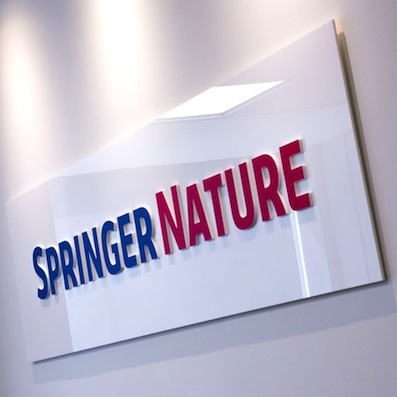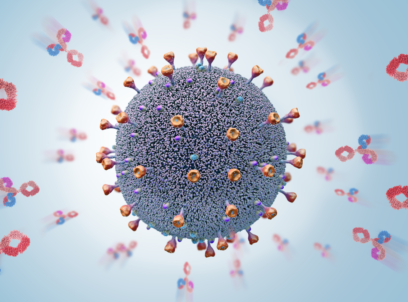How Do Storms Affect Asthma?
Ci fa molto piacere sapere che la SpringerNature, casa editrice internazionale tra le più importanti al mondo, abbia deciso di inserire, in occasione della giornata mondiale dell’asma, tra i 5 articoli più importanti al mondo, un nostro lavoro su particolare aspetti dell’asma bronchiale relativi alla prevenzione degli attacchi di asma grave e dei decessi per asma.
D’Amato G1,2, Annesi-Maesano I3, Vaghi A4, Cecchi L5, D’Amato M6.
Author information
Abstract
PURPOSE OF REVIEW:
There are observations in various geographical areas that thunderstorms occurring during pollen seasons can induce severe asthma attacks in pollinosis patients.
RECENT FINDINGS:
An accredited hypothesis explaining the association between thunderstorms and asthma suggests that storms can concentrate pollen grains at ground level, which may then release allergenic particles of respirable size in the atmosphere after their imbibition of water and rupture by osmotic shock. During the first 20-30 min of a thunderstorm, patients affected by pollen allergy may inhale a high quantity of the allergenic material that is dispersed into the atmosphere as a bioaerosol of allergenic particles, which can induce asthmatic reactions, often severe. Subjects without asthma symptoms, but affected by seasonal rhinitis can also experience an asthma attack. A key message is that all subjects affected by pollen allergy should be alerted to the danger of being outdoors during a thunderstorm in the pollen season, as such events may be an important cause of severe asthma exacerbations. In light of these observations, it is useful to predict thunderstorms and thus minimize thunderstorm-related events. Patients with respiratory allergy induced by pollens and molds need to be informed about a correct therapeutic approach of bronchial asthma by inhalation, including the use of bronchodilators and inhaled corticosteroids. The purpose of this review is to focalize epidemiological, etiopathogenetic, and clinical aspects of thunderstorm-related asthma.
KEYWORDS:
Acute asthma exacerbations; Aeroallergens; Allergenic pollens and asthma attacks; Climate change and allergy; Global warming and allergy; Pollinosis; Storms and respiratory allergy in pollen seasons; Thunderstorm asthma




